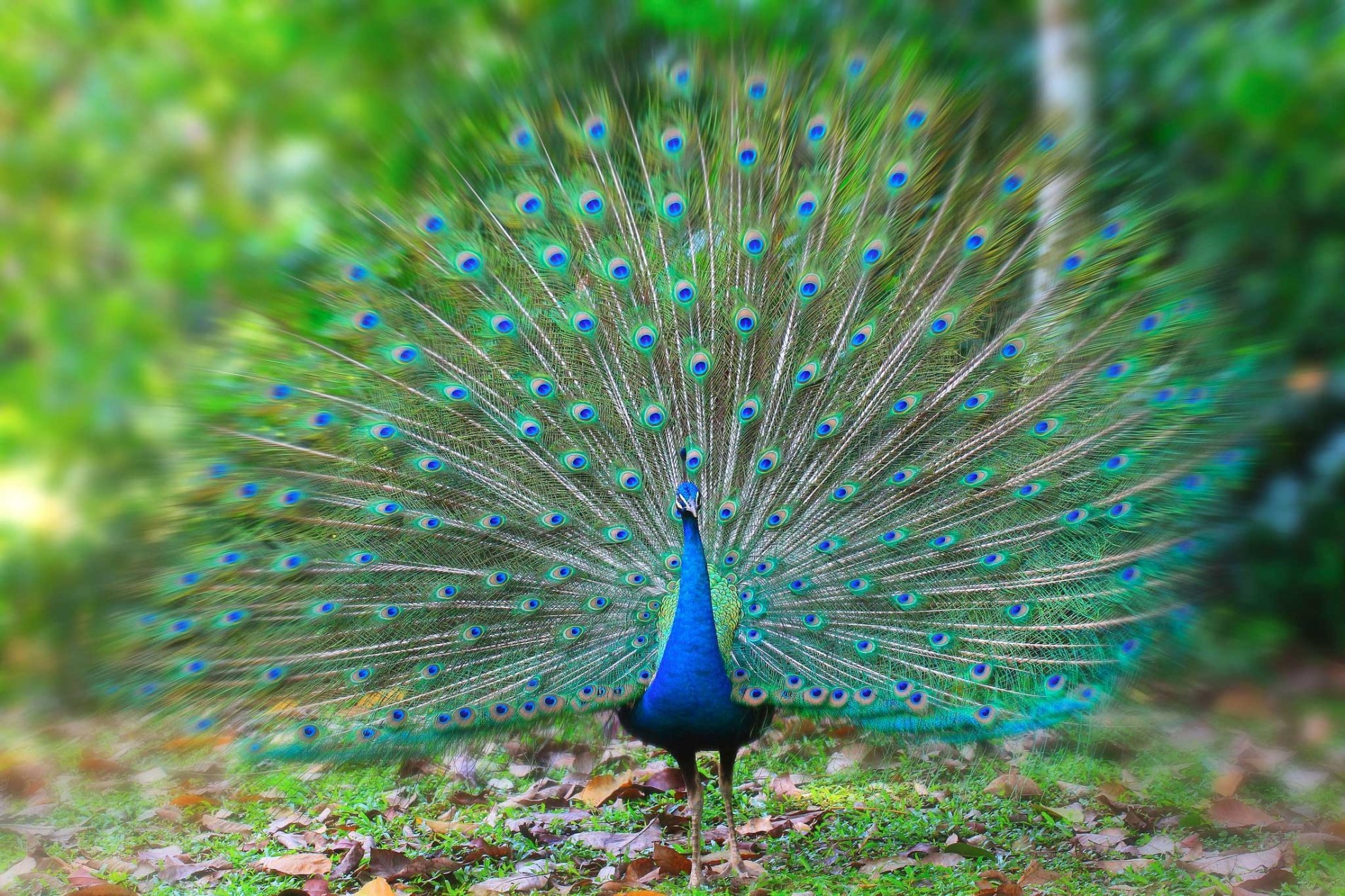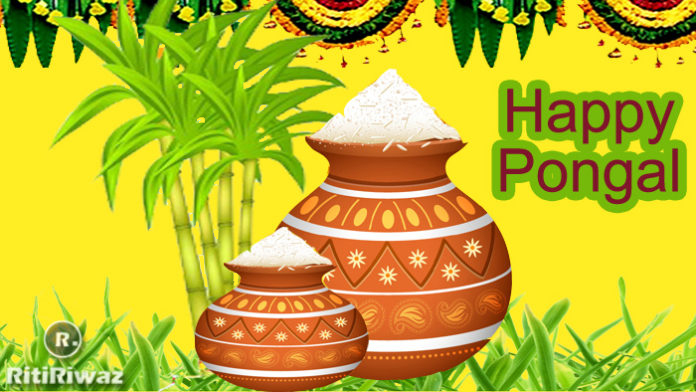National Bird Of India | Peacock

Peacock was declared as the National Bird in 1963 because it is the most auspicious animal that represents our country’s fauna, it has a rich religious and legendary involvement in Indian traditions. A National bird should reflect the country’s culture and the Peacock is a magical creature with its beauty and grace and depicts the National spirit whose colors are synonymous with Indian identity.
The Peacock, Pavo cristatus (Linnaeus), the national bird of India. It is symbolic of qualities like beauty, grace, pride, and mysticism. Peacock is a colorful, swan-sized bird, with a fan-shaped crest of feathers, a white patch under the eye, and a long, slender neck.
The male of the species is more colorful than the female, with a glistening blue breast and neck and a spectacular bronze-green train of around 200 elongated feathers it is able to expand its tail erect like a fan as an ostentatious display. The female is brownish, slightly smaller than the male, and lacks the train. These birds do not sound as beautiful as they look they have a harsh call. The elaborate courtship dance of the male, fanning out the tail, and preening its feathers is a beautiful sight.
The peacock is widely found in the Indian sub-continent from the south and east of the Indus river, Jammu and Kashmir, east Assam, south Mizoram, and the whole of the Indian peninsula. Found wild in India (and also domesticated in villages) they live in jungle lands near water. They were once bred for food but now hunting of peacocks is banned in India.
Suggested Read: National Tree Of India
The Peacock is depicted in pictures with the company of Indian Gods and Goddesses. It is the sacred bird of India, protected not only by a religious sentiment but also by parliamentary statute. It is fully protected under the Indian Wildlife (Protection) Act, 1972.
The significance of peacocks is attached to the cultures of India, the Far East, Ancient Persia, Greek, and Christian. In Hinduism, the image of the god of thunder, rains, and war, Indra, was depicted in the form of a peacock. In south India, the peacock is considered a ‘Vahana‘ or vehicle of Lord Muruga. The figure of the peacock is painted in various Islamic religious buildings. In Christianity, the peacock was also known as the symbol of the ‘Resurrection‘.
In India, people believe that whenever the cock spread its tails in an ornamental fashion, it indicates that rain is imminent. In a way, it is partly true. At the sight of dark clouds, the bird outspreads its tail and starts dancing in a rhythmic fashion. Most of the folklore including Bharatha Natyam has got special dancing poses for the peacock dance.
The peacock is the national bird of India. The species is found in dry semi-desert grasslands, scrub, and deciduous forests. It forages and nests on the ground but roosts on top of trees. It eats mainly seeds, but also some insects, fruits, and reptiles.
Suggested Read: National Fruit Of India

Females are about to 86 cm (34 in) long and weigh about 3.4 kg (7.4 lbs), while males average at about 2.12 m (7.3 ft) in full breeding plumage (107 cm/42 in when not) and weigh about 5 kg (11 lbs). The male is called a peacock, the female a peahen.
The Indian Peacock has beautiful iridescent blue-green plumage. The display feathers on its back are enormously elongated and ornate with an eye at the end of each feather. The female plumage is a mixture of dull green, grey, and iridescent blue, with the greenish-grey predominating. In the breeding season, females stand apart by lacking the long ‘tail feathers‘ also known as a train, and in the non-breeding season, they can be distinguished from males by the green color of the neck as opposed to the blue on the males.
They are most notable for the male’s extravagant display feathers, despite actually growing from their back is known as a ‘tail‘ and also known as a train, a result of sexual selection, which it displays as part of courtship. This train is in reality not the tail but the enormously elongated upper tail coverts. The tail itself is brown and short as in the peahen.
Suggested Read: National Symbols Of India






